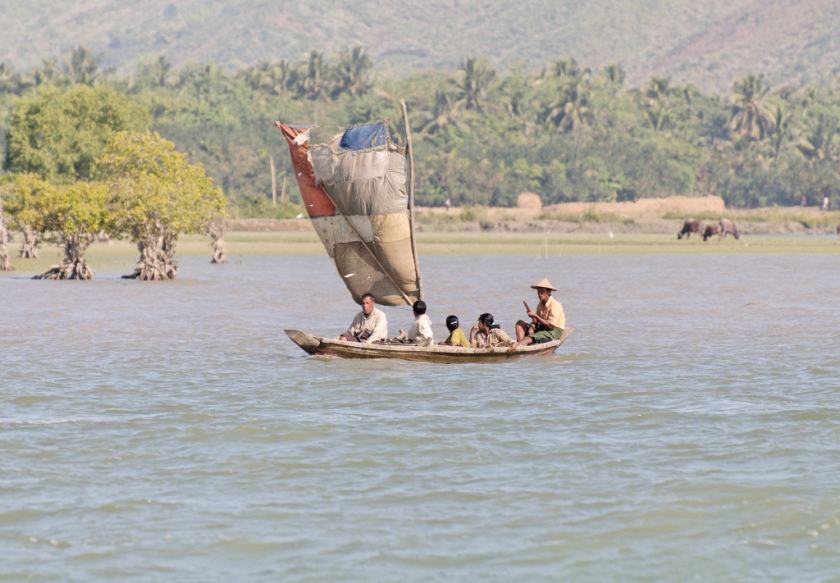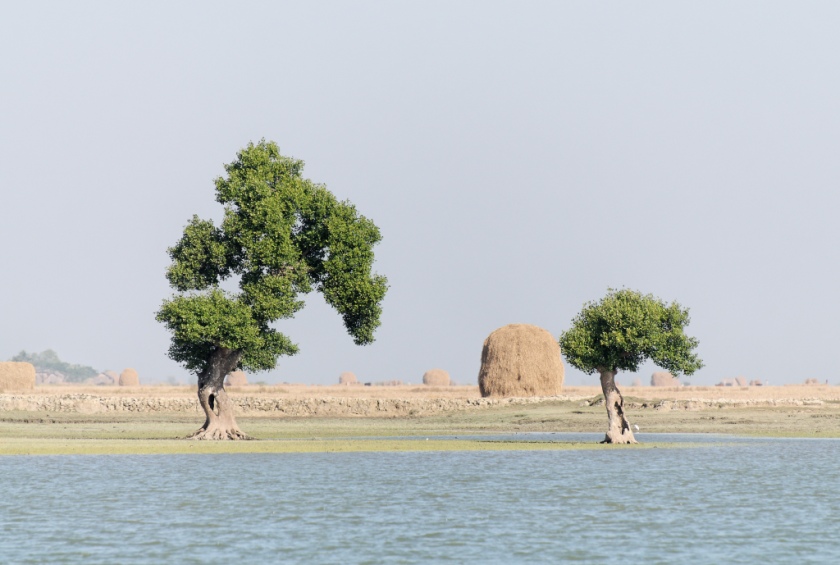I met my Australian mate Iain in immersion language class: he’d married a German, too. Together we confronted the ‘small’ detail of learning the native tongue. That was 19 years ago. Both of us are still here, still married to our Germans, and we’re still friends.
Iain likes my blog, but he’s irritated with the photo I selected for the top border. “Why do you say ‘Greetings from Germany’, and then use a photo on a river somewhere?

“It’s a nice picture and all that, but why don’t you have a picture of Germany?” he went on. “When all’s said and done Deutschland‘s your home now.”
“It’s my blog and I’ll do what I want,” I thought. But he’s right, and I promised Iain I’ll work up a post about beer or Christmas Markets or beer at the Christmas Markets. (Actually, at the Weihnachtsmarkt everyone drinks an amazing hot mulled wine called Glühwein, but that’s a different post.)
So, in the interests of clarity:
The photograph runner at the top of my page was taken as we chugged slowly up the Kaladan River in northwest Burma. For close to 8 hours we sailed by other boats.

We passed a continuous landscape of grazing water buffalo,

high round haystacks,

and villages along the water.

Our goal was to travel from Sittwe to Mrauk U (pronounced more or less “Mrou Oo”), once capitol to the ancient Rakhine kingdom that based its money and power on maritime trade with Europe, India, and Arabia. Mrauk U’s king employed Japanese samarai as body guards!
There is just 1 road over land to Mrauk U. As of 2009 only the Burmese were permitted to use it. Tourists arrived by boat, or not at all.

We needed to reach Mrauk U as a jumping-off point to get to the villages of the Chin State. This semi-autonomous region is very near the border to Bangladesh. We hoped to see the traditional tattoed elders and could visit the area with an assigned guide, a special day visa, and a goodly dose of luck. Maybe the elders would come out to meet us; maybe they wouldn’t. We’d have to hire a boat to take us even further upriver and see what happened from there.
On the last day of the year 2009 we climbed into a second, much smaller boat, this one on the Lemro River, and continued up to the Chin State.
Part 2 to be posted soon.
(All photogaphs can be enlarged by simply clicking on the image.)






